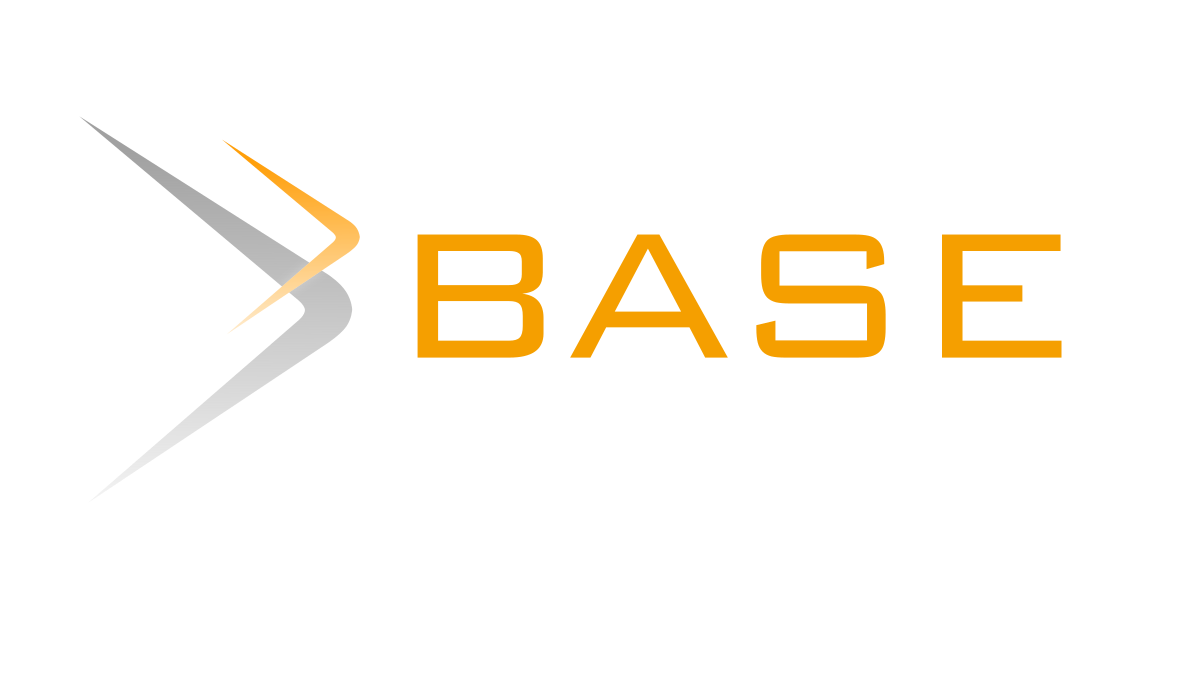Optimizing ROI: A Cross-Sector Analysis of Social Media Advertising Performance
DOI:
https://doi.org/10.69569/jip.2025.721Keywords:
Advertising effectiveness, Consumer behavior, Digital marketing, Influencer marketing, Social media marketingAbstract
This paper addresses the underexplored gap in cross-sectoral comparisons of social media advertising effectiveness across the fashion, consumer electronics, and food and beverage industries. Using secondary data collected from 2020 to 2024, encompassing major platforms such as TikTok, Instagram, Facebook, and YouTube, the study conducted descriptive statistics and content analysis to examine engagement metrics, conversion rates, and consumer attitudes. The Elaboration Likelihood Model (ELM) provided the theoretical underpinning, differentiating between central and peripheral routes of persuasion. Results showed that the fashion industry achieved the highest engagement and conversion rates, primarily through visual storytelling and influencer collaborations, with TikTok engagement exceeding 2%. The electronics industry benefited most from detailed information and reviews on platforms like YouTube. In contrast, the food and beverage industry experienced increased trial purchases through shareable content on TikTok, with share rates 12% higher than on other platforms. On average, higher ad expenditures were a leading indicator of sales growth by sector. However, concerns over privacy, ad fatigue, and ethical issues persist. The study highlights the importance of developing tailored industry strategies to adapt to the evolving digital landscape. Further research, utilizing both longitudinal and primary data, is necessary to investigate the long-term effects of social media advertising and the impact of emerging technologies.
Downloads
References
Alavi, S., Iyer, P., & Bright, L. F. (2024). Advertisement avoidance and algorithmic media: The role of social media fatigue, algorithmic literacy, and privacy concerns. Journal of Digital & Social Media Marketing, 12(3). https://doi.org/10.69554/KWTX2523
Azim, R., & Nair, P. B. (2021). Social media influencers and electronic word of mouth: The communication impact on restaurant patronizing. Journal of Content, Community & Communication, 14, 46. https://doi.org/10.31620/JCCC.12.21/05
Beaumont, C. D., Berry, D., & Ricketts, J. (2022). Technology has empowered the consumer, but marketing communications need to catch up: An approach to fast-forward the future. Businesses, 2(2), 246–272. https://doi.org/10.3390/businesses2020017
Bommawar, R. C., & Tiwari, D. (2022). Social media marketing strategies and their effects on consumer engagement and buying behavior in the fashion industry. Innovative Research Thoughts, 8(1), 174–180. https://doi.org/10.36676/irt.v8.i1.1431
Chen, X. (2023). Digital echoes: Social media’s resonance in brand marketing. Highlights in Business, Economics and Management, 23, 460–467. https://doi.org/10.54097/pmrv0y97
Chowdhury, S., Faruque, M., Sharmin, S., Talukder, T., Mahmud, M., Dastagir, G., & Akter, S. (2024). The impact of social media marketing on consumer behavior: A study of the fashion retail industry. Open Journal of Business and Management, 12, 1666–1699. https://doi.org/10.4236/ojbm.2024.123090
Dankwa, D. D. (2021). Social media advertising and consumer decision-making: The mediating role of consumer engagement. International Journal of Internet Marketing and Advertising, 15(1), 29–53. https://doi.org/10.1504/IJIMA.2021.112786
Erkli, Y. T. (2022). Influencer marketing from the perspective of the elaboration likelihood model. Journal of Academic Tourism Studies, 3(1), 1–12. https://doi.org/10.29228/jatos.57482
Ismagilova, E., Dwivedi, Y. K., & Rana, N. (2021). The use of the elaboration likelihood model in eWOM research: Literature review and weight analysis. In D. Dennehy et al. (Eds.), Responsible AI and Analytics for an Ethical and Inclusive Digitized Society (LNCS, Vol. 12896). Springer. https://doi.org/10.1007/978-3-030-85447-8_41
John, S. P., & De’Villiers, R. (2020). Elaboration of marketing communication through visual media: An empirical analysis. Journal of Retailing and Consumer Services, 54, 102052. https://doi.org/10.1016/j.jretconser.2020.102052
Krisdanu, C. A., & Sumantri, K. (2023). TikTok sebagai media pemasaran digital di Indonesia. Jurnal Lensa Mutiara Komunikasi, 7(2), 24–36. https://doi.org/10.51544/jlmk.v7i2.4173
Lee, G., Huh, J. Y., & Kim, H. (2024). Personalization-privacy paradox in social media ads: Role of consumer-brand relationships. International Textile and Apparel Association Annual Conference Proceedings, 80(1). https://doi.org/10.31274/itaa.17436
Li, Y., Wang, X., & Van Slyke, C. (2023). Determinants of online professor reviews: An elaboration likelihood model perspective. Internet Research, 33(6), 2086–2108. https://doi.org/10.1108/INTR-11-2020-0627
McDermott, K. C. P., & Lachlan, K. A. (2020). Polarizing organizations and image repair: The effects of extreme disposition and ego-involvement on ELM processing routes for organizational responses. Communication Studies, 71(2), 332–350. https://doi.org/10.1080/10510974.2020.1733039
Ng, W. C., Ong, Y. W., Oan, K. B., Ooi, C. T., Ooi, J., Habibie, M. F., Choudhury, T., Raghav, U., & Kee, D. M. H. (2023). The impact of social media and key opinion leaders on the purchasing behaviour in the food and beverage industry in Malaysia. Journal of the Community Development in Asia, 6(2), 45–60. https://doi.org/10.32535/jcda.v6i3.2499
Pan, Y., & Zhang, M. (2023). Research on social media advertising persuasion based on the elaboration likelihood model. SHS Web of Conferences, 154, 03024. https://doi.org/10.1051/shsconf/202315403024
Pew Research Center. (2023, July 25). Social media and news fact sheet. https://tinyurl.com/ycke4w96
Sharma, A., & Kapur, P. (2024). Evaluating the impact of social media advertising strategies on consumer purchase behavior in the fashion retail sector. International Journal of Financial Management and Research, 6(4), 1–12. https://doi.org/10.36948/ijfmr.2024.v06i04.25530
Statista. (2023). Number of social media users worldwide from 2018 to 2027. https://tinyurl.com/5axax7y5
Upadhyay, A. K. (2024). Impact of social media advertising on consumer behaviour: An empirical study. International Journal of Scientific Research in Engineering and Management, 8(5). https://tinyurl.com/bdz4k49j
Xu, X., Jia, Q., & Tayyab, S. M. U. (2025). Exploring the dual routes in influencing sales and adoption in augmented reality retailing: A mixed approach of SEM and FsQCA. Internet Research, 35(1), 178–210. https://doi.org/10.1108/INTR-06-2023-0438
Yost, E., Zhang, T., & Qi, R. (2021). The power of engagement: Understanding active social media engagement and the impact on sales in the hospitality industry. Journal of Hospitality and Tourism Management, 46, 83–95. https://doi.org/10.1016/j.jhtm.2020.10.008
Zhu, Y. (2024). Leveraging social media marketing: A case study of Starbucks’ digital success. Advances in Economics, Management and Political Sciences, 102, 185–190. https://doi.org/10.54254/2754-1169/102/2024ed0108
Downloads
Published
How to Cite
Issue
Section
License
Copyright (c) 2025 Journal of Interdisciplinary Perspectives

This work is licensed under a Creative Commons Attribution-NonCommercial 4.0 International License.









